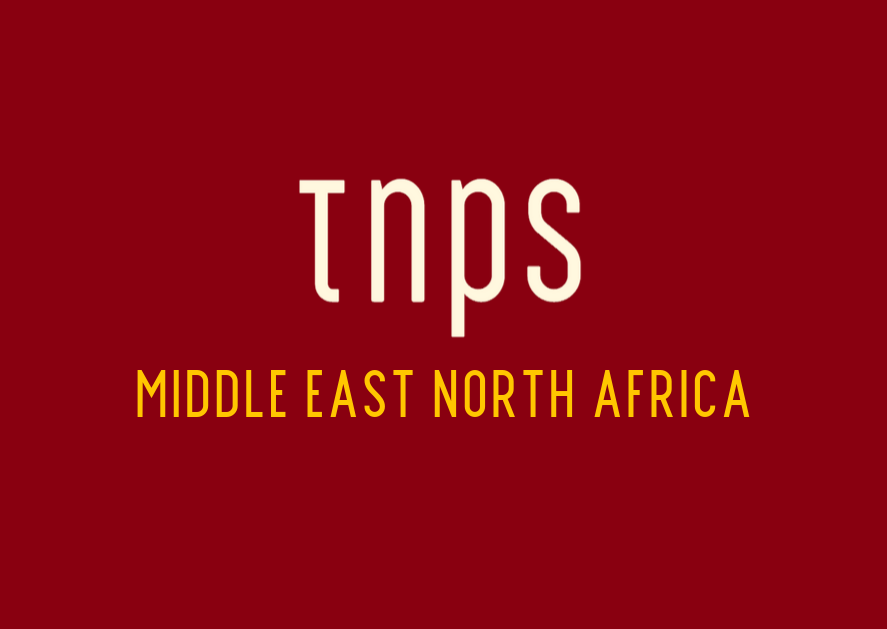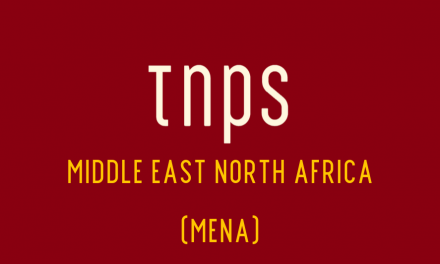It’s a central part of global publishing’s urban mythology. Arabs don’t read. Or rather, they do, but only for six minutes a day.
Not here to give further oxygen to that depressing and all-too-obviously flawed argument other than this referral to a TNPS post in late 2019.
Rather to note that the ten-day Casablanca International Book Fair, which wound up earlier this month, attracted just shy of 500,000 visitors – an average of 50,000 per day. For comparison the London Book Fair typically brings in 25,000 over three days.
Yes, it’s apples and oranges – the London Book Fair is trade event, while Morocco’s Casablanca fair is public-facing.
But worth noting 500,000 visitors is more than any US or UK literary event – even the Hay Festival – can pull in, and from that alone publishers should be reconsidering their position on the Arab markets.
But of course the Arab markets are far bigger than just Morocco.
Neighbouring Algeria pulled in one million visitors to its annual book fair last year – and that was considered a disappointment, as 2 million is usually the ballpark figure. And 2.5 million was how many attended the Sharjah International Book Fair, which ran the same dates in the UAE.
As this post goes live the Muscat International Book Fair is underway in Oman, and if the past two years attendance figures are matched we’ll see 1 million people turn out in a country of just 4 million.
One million visitor book fairs are increasingly common in the Arab market. Iraq’s Baghdad International Book Fair, for instance, or Saudi Arabia’s Riyadh International Book Fair. The next Riyadh event is racing up, and if the coronavirus scare doesn’t impact it we should see the one million visitor numbers repeated this year.
The Riyadh event comes just months after the Jeddah International Book Fair pulled in a crowd of 440,000.
And of course all these numbers pale besides the 3.5 million people that turned out for Egypt’s Cairo International Book Fair earlier this year.
At which point it’s worth taking a step back and noting that one reason these events are so popular is because on an everyday basis books are hard to come by in this part of the world, especially outside the big cities.
The cruel realities of print distribution in a region like MENA is that few books are printed because few people can buy them, and that in turn limits the choice available, which in turn dampens demand.
But as more and more publishers within and beyond the Arab markets realise the potential digital offers to reach consumers anywhere in the region, 24/7, so the region’s embryonic literary Renaissance will accelerate.
It’s already happening.





